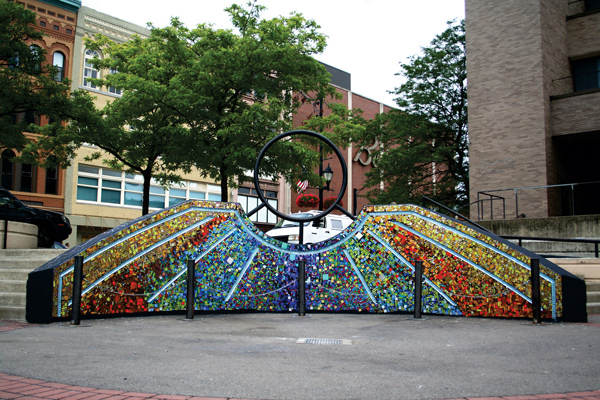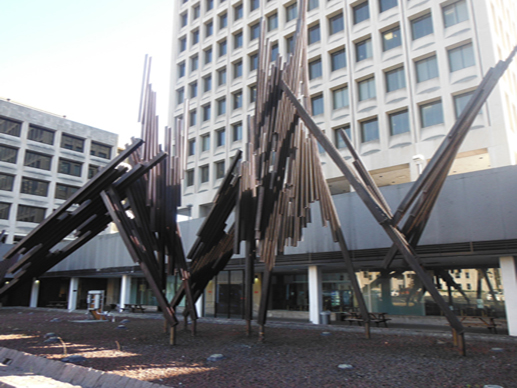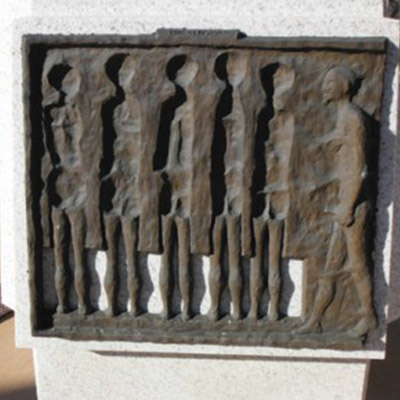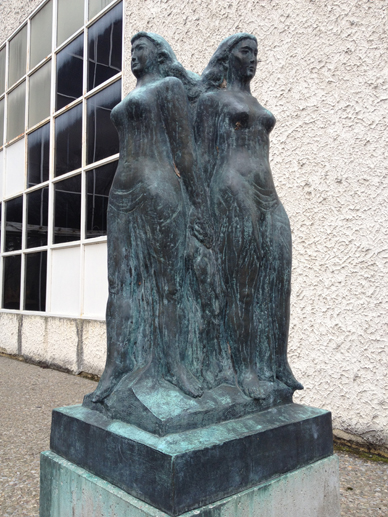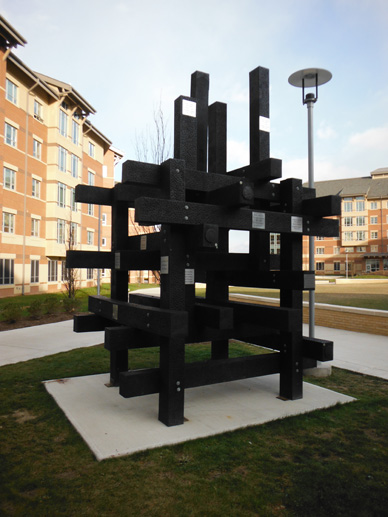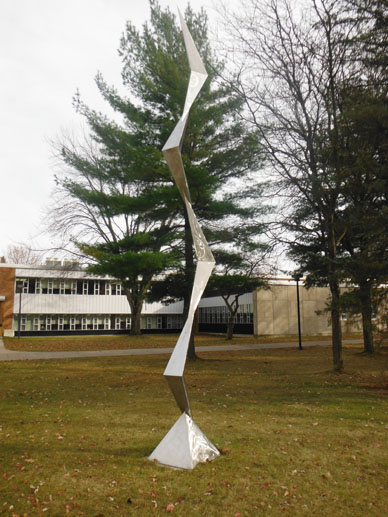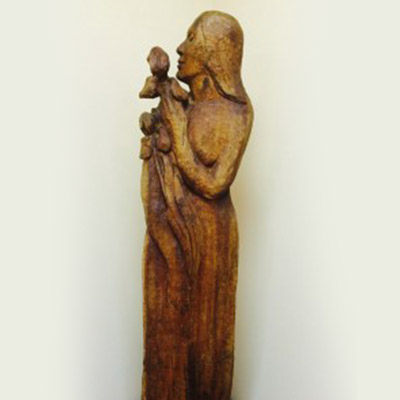When you hear the word criticism, you might think it is something negative. Not true. A criticism can be a positive statement. Art criticism is not difficult. It can be rather a lot of fun. At least it can make the study of art less mysterious and complicated, and more logical.
Art criticism is a sequential approach for looking at and talking about art. Learning art criticism will help you to interpret works of art. As you learn the language of art, you will be able to go deeper into the layers of meaning of an art object. The deeper you go, the more important your feelings for art. This will make your aesthetic experience or your personal interaction with art more meaningful and memorable.
Critiquing artwork is like playing detective. You are trying to find and understand the message in the work of art. There are four categories involved in art criticism. Taken in order, they are Description, Analysis, Interpretation, and Judgment.
- Description – What do I see?
- Analysis – How is The Work Organized?
- Interpretation – What Message Does This Artwork Communicate?
- Judgment – Is This a Successful Work of Art?
1. Description – (What Do I See?)
- List all the things you see in the art work.
- What size is it?
- Who is the artist?
- What Medium was used?
- What process?
- Note the subject, objects, and details.
- Note the Elements of Art used in the work.
2. Analysis – (How is The Work Organized?)
Discover how the Principles of Art are used to organize the Elements of Art.
Elements of Art: Principles of Art:
Line (long, thin, thick, wide, etc.) Rhythm, Pattern
Shape Movement
Form Balance
Space Proportion
Color Variety, Emphasis
Texture Harmony & Unity
Ask yourself such questions as, where are the dark colors – light colors, is the texture even all around or different? Are the lines long, thick, wide, short? As you notice more about the relationship between elements and principles, you will be able to collect more clue information that you can use to interpret each work.
3. Interpretation (What message does this artwork communicate?
Explain or tell the meaning or mood of the work. It is here that one can make guesses about the work as long as they appear to be supported by what you see in the artwork. Use your intelligence, imagination, and be courageous. Don’t be afraid if your interpretation is different from what others see. It can be based on your feelings. But your feelings must be backed up by the visual facts and clues you collected during the first two steps.
4. Judgment (Is this a successful work of art?)
In this category, you determine the degree of artistic merit. This is the time to make your own decisions. Two levels of Judgment must be made.
Personal – No one can tell you what you like or dislike. To make fair judgment, you must be honest with yourself. Only you know why you feel the way you do.
Subjective- At this point you use aesthetics to help you decide if the work is successful aesthetically. A work can be very successful aesthetically but you might not want to live with it.
# # #












